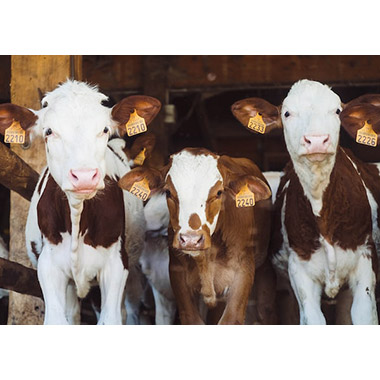The USDA Food Safety and Inspection Services (FSIS) has released a report highlighting Salmonella antimicrobial resistance (AMR) trends from 2014-2019. The FSIS NARMS Multi-Year Report evaluates trends in Salmonella serotypes and antimicrobial resistance (AMR) in certain food animal species and products sampled from 2014 through 2019 as part of FSIS NARMS sampling.
The National Antimicrobial Resistance Monitoring System (NARMS) is a national public health surveillance system through which FSIS partners with state and local public health departments, the CDC, and the FDA to track changes in antimicrobial susceptibility of select foodborne bacteria found in ill people, retail meats, and food animals.
Hear from Sandra Eskin, Deputy Under Secretary for Food Safety, Food Safety and Inspection Service, USDA, on the Proposed Regulatory Framework to Reduce Salmonella Illness at Food Safety Tech’s Hazards Conference, April 3-5 in Ohio.Samples analyzed included cecal (intestinal content) samples from food-producing animals at slaughter and product samples tested as part of Pathogen Reduction/Hazard Analysis Critical Control Point (PR/HACCP) sampling. Salmonella isolates were analyzed by serotyping and antimicrobial susceptibility testing (AST) to evaluate differences in sample source and slaughter class (chicken, turkey, cattle, and swine).
FSIS’ key findings indicate that:
- The proportion of pan-susceptible Salmonella differed among slaughter classes and sample sources (cecal/product samples): cattle (83%/71%), swine (65%/64%), chicken (35%/43%), and turkey (34%/32%).
- The top Salmonella serotypes for each slaughter class were Kentucky (chicken), Reading (turkey), Montevideo (cattle), and Anatum (swine).
- Salmonella Infantis showed an increasing trend in chicken and emerged as one of the top serotypes in both cecal and product samples.
- Salmonella Infantis from both cecal and product samples showed increased multidrug-resistance.
- Salmonella isolates from chicken cecal and product samples show a significant increase in resistance to the critically important antimicrobial drugs: ciprofloxacin, ceftriaxone, and trimethoprim-sulfamethoxazole.
- Over time, Salmonella isolates from product samples from cattle and swine showed increased resistance to cephalosporin.
FSIS noted that differences and similarities observed in Salmonella serotypes and their AMR between cecal and product samples highlight the importance of monitoring Salmonella from farm-to-slaughter.
Read the full report here.



